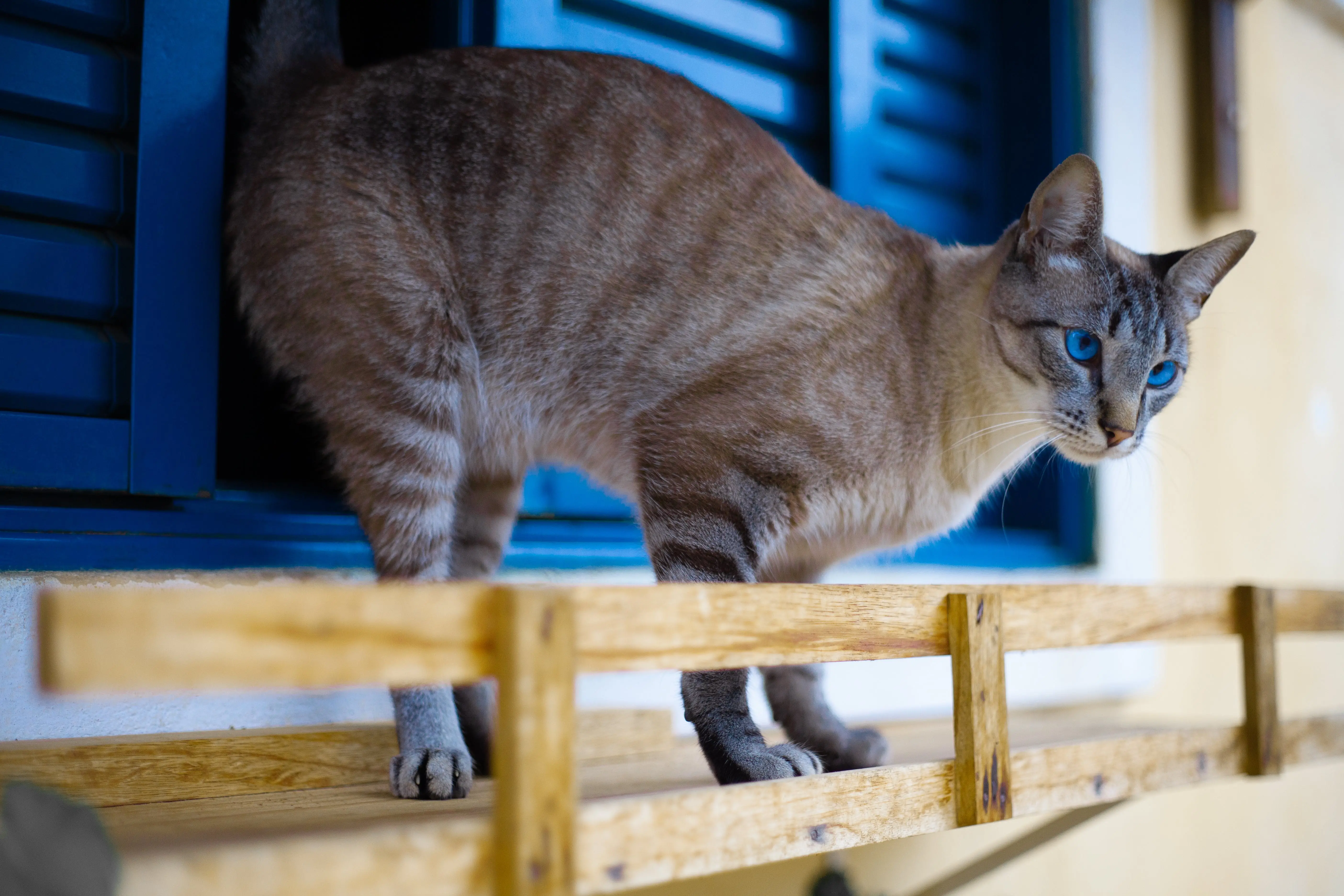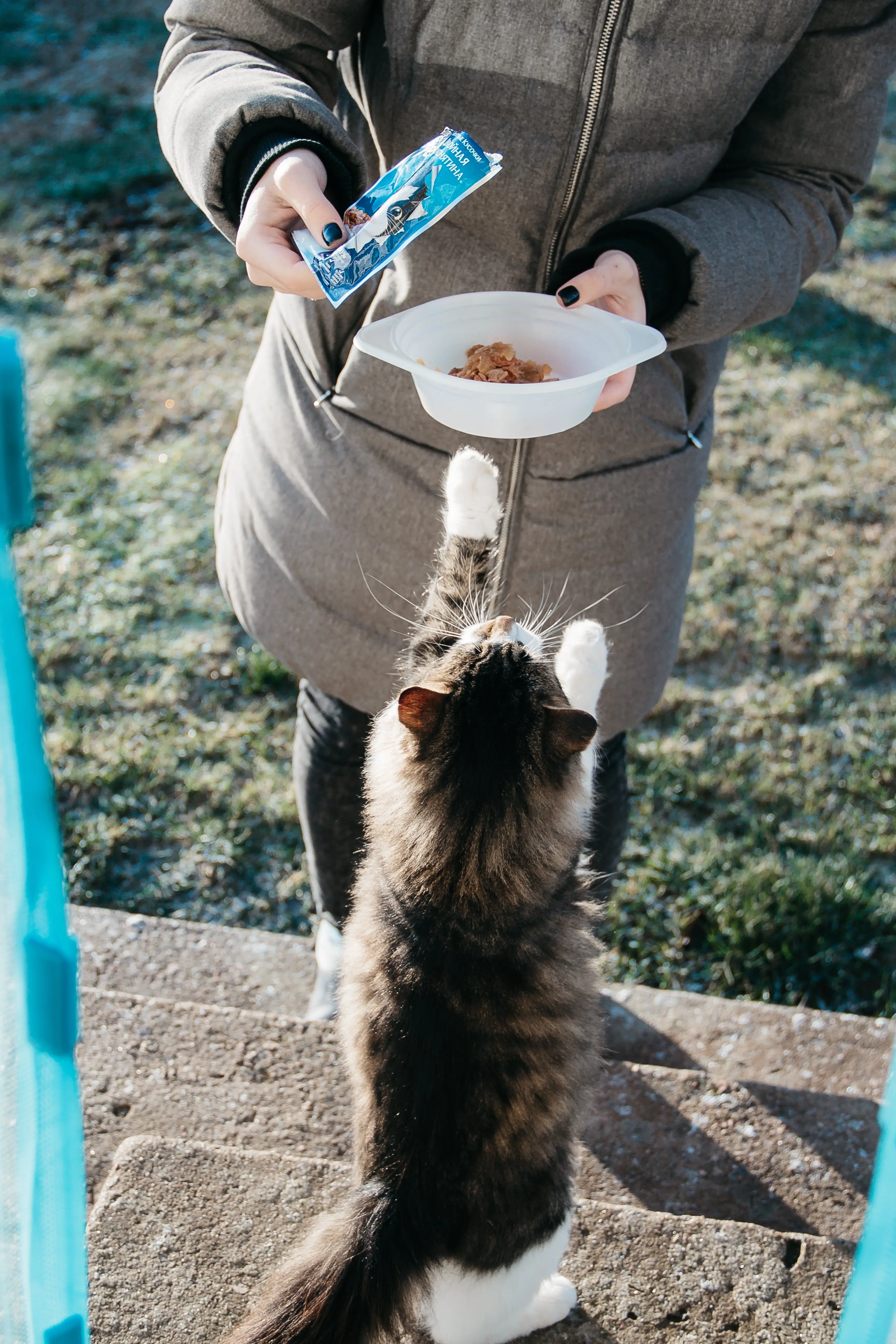- Get link
- X
- Other Apps
- Get link
- X
- Other Apps

The feline cat family is a diverse and fascinating group of animals that have been beloved companions to humans for centuries. From their graceful movements to their playful personalities, it's no wonder that cats hold a special place in our hearts. In this comprehensive guide, we will explore the world of feline cat family, diving into their origins, characteristics, and how to care for them.
Origins of the Feline Cat Family

The feline cat family belongs to the order Carnivora, which includes a variety of carnivorous mammals. Within this order, cats are classified under the suborder Feliformia, along with other cat-like animals such as mongooses and hyenas. The feline cat family is further divided into two main groups: domestic cats and wild cats.
Domestic cats, also known as Felis catus, are descendants of the African wildcat (Felis lybica) and have been domesticated by humans for thousands of years. Wild cats, on the other hand, refer to any species of cat that has not been domesticated and still lives in the wild. Some common examples of wild cats include lions, tigers, and leopards.
Characteristics of the Feline Cat Family

The feline cat family is known for its distinctive features, including their soft fur, sharp claws, and keen senses. Cats have muscular bodies that allow them to move with agility and grace, making them excellent hunters. They also have retractable claws that help them climb trees and catch prey.
One of the most unique characteristics of cats is their flexible spine, which allows them to twist and turn their bodies in almost any direction. This flexibility also comes in handy when grooming, as cats can reach almost every part of their body with their tongue.
Cats are also known for their excellent vision, particularly in low light conditions. This is due to a layer of tissue, called the tapetum lucidum, located behind their retina. This layer reflects light back into the eye, giving cats enhanced night vision.
The Domestic Cat vs. Wild Cats
While domestic cats and wild cats share many characteristics, there are some notable differences between the two. One of the most obvious differences is in size. Domestic cats are typically smaller than their wild counterparts, with an average weight range of 8-10 pounds compared to the 250-pound weight of a tiger.
Another significant difference is in behavior. Wild cats are solitary animals, while domestic cats are known for their social nature. Domestic cats also have a more varied diet compared to wild cats, who primarily eat meat.
How to Care for Your Feline Cat Family

Caring for a feline cat family member requires patience, love, and attention. Providing them with proper nutrition, exercise, and grooming is essential for their overall health and well-being.
Nutrition
As carnivorous animals, cats require a high-protein diet to thrive. It's best to choose a high-quality commercial cat food that is specifically formulated for their needs. Avoid feeding your cat human foods, as they can be harmful to their digestive system. Always make sure your cat has access to fresh, clean water.
Exercise
Even though cats may seem like lazy creatures, they still need regular exercise to stay healthy. Playing with your cat using toys such as laser pointers or feather wands can provide much-needed physical and mental stimulation. You can also consider creating an indoor play area for your cat, complete with scratching posts and climbing structures.
Grooming
Cats are known for being fastidious groomers, but they still require some help from their owners. Regular brushing helps to remove loose fur and prevents hairballs. Trimming your cat's claws every few weeks is also essential for their health and safety.
Examples of Feline Cat Family

The feline cat family is incredibly diverse, with over 60 different species. Some of the most well-known examples include:
- Domestic cats (Felis catus)
- Lions (Panthera leo)
- Tigers (Panthera tigris)
- Leopards (Panthera pardus)
- Jaguars (Panthera onca)
- Cheetahs (Acinonyx jubatus)
- Lynxes (Lynx lynx)
- Bobcats (Lynx rufus)
Comparing these different species can help us understand the unique characteristics and behaviors of each one. For example, lions and tigers are both large, powerful cats, but they have different hunting techniques due to their different habitats. Lions live in groups called prides and hunt cooperatively, while tigers are solitary hunters. Observing these differences can give us a deeper appreciation for the diversity within the feline cat family.
Tips and Advice for Feline Cat Family Owners
- Cats are independent animals, but they still need love and attention from their owners. Make sure to spend quality time with your cat every day.
- It's important to provide your cat with a safe and comfortable environment. This includes a warm place to sleep, access to clean water, and a litter box that is regularly cleaned.
- Regular veterinary check-ups are crucial to keeping your cat healthy and detecting any potential health issues early on.
- Consider getting your cat spayed or neutered to prevent unwanted litters and reduce the risk of certain health problems.
- Always be gentle with your cat and avoid using physical punishment as a method of discipline.
FAQs about the Feline Cat Family
What is the average lifespan of a domestic cat?
The average lifespan of a domestic cat is between 10-15 years, although some cats can live up to 20 years with proper care.
Can a domestic cat survive in the wild?
While domestic cats have been bred to live with humans, they still possess many instincts that allow them to survive in the wild. However, most domestic cats would struggle to find food and shelter on their own.
Are all wild cats dangerous to humans?
Not all wild cats are considered dangerous to humans. Some species, such as the African wildcat, are relatively small and pose no threat to humans. However, larger cats like lions and tigers can be dangerous if not treated with caution and respect.
Do cats have any natural predators?
In the wild, cats may face predators such as wolves, coyotes, and large birds of prey. However, domestic cats do not typically have natural predators as they are protected by their owners.
How can I tell if my cat is in pain?
Cats are masters at hiding their pain, so it can be challenging to detect when they are suffering. Some signs to look out for include changes in behavior, loss of appetite, and excessive grooming in a particular area.
Conclusion: Celebrating the Feline Cat Family
From their unique characteristics to their diverse species, the feline cat family is truly a remarkable group of animals. By understanding their origins, behaviors, and how to care for them, we can deepen our connection with these beloved companions. Whether you have a domestic cat or admire wild cats from a distance, there's no denying the fascinating nature of the feline cat family.
- Get link
- X
- Other Apps
family of kittens cats for families
Comments
Post a Comment